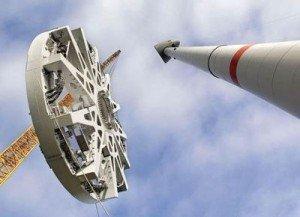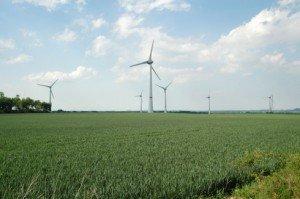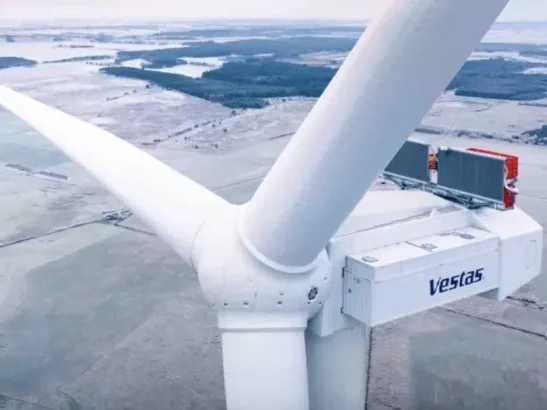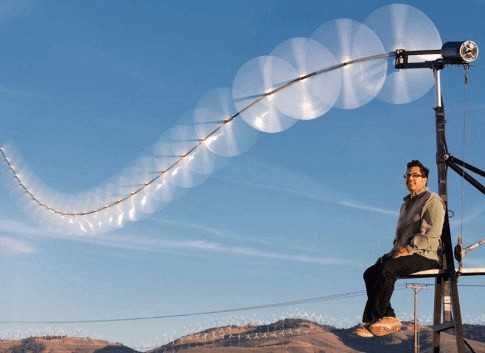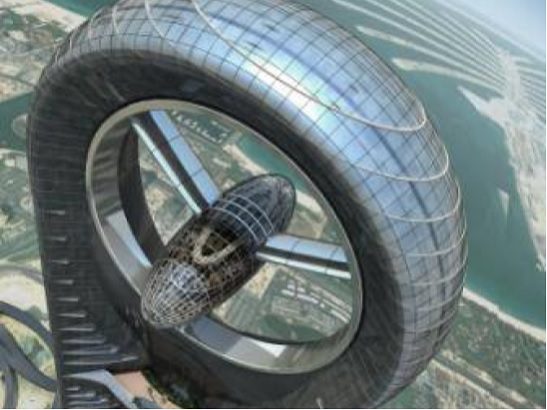A new study, published in the American Chemical Society’s Environmental Science & Technology journal, indicates that bigger is better when it comes to turbines. In a nutshell, the results of their research showed that the larger the turbine is, the greener the electricity. This effect was due both to sheer size of the turbine plus the learning, knowledge and experience gained with the technology over time.
“The environmental progress rate was 86%, indicating that for every cumulative production doubling, the global warming potential per kWh was reduced by 14%,” says the report.
“The parameters, hub height and rotor diameter were identified as Environmental Key Performance Indicators that can be used to estimate the environmental impacts for a generic turbine.”
Wind energy maintains its position as a fast-growing and attractive renewable energy source. The investment costs of wind turbines have decreased over the years, making wind energy economically competitive to conventionally produced electricity using fossil fuels.
This study uses size scaling in an equation using power law, experience curves and progress rates and quantifies whether the trend toward larger turbines affects the environmental profile of the generated electricity. In the past published life cycle inventories were combined with an approach using engineering-based scaling as well as published European wind power statistics. The results showed that the larger the turbine is, the greener the electricity become, at both a micro and macro level.
This effect was caused by pure size effects of the turbine (micro level) as well as learning and experience with the technology over time (macro level). The environmental progress rate was 86%, indicating that for every cumulative production doubling, the global warming potential per kWh was reduced by 14%. The parameters, hub height and rotor diameter were identified as Environmental Key Performance Indicators that can be used to estimate the environmental impacts for a generic turbine.
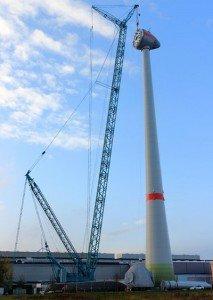
One of the biggest wind functioning wind turbines is the Enercon E-126. It shows that wind energy converters have now reached the size of small power plants. The expected yield of 14 million kWh from a single plant can provide about 15,000 people with green electricity.
The first E-126, which produces a whopping 7.5MW, was sited at Magdeburg-Rothensee, Germany. The turbine has a hub height of 135 m (443 ft), rotor diameter of 126 m (413 ft) and a total height of 198 m, total weight of 6000 mt – can generate 7.5 MW power per turbine today. Over 24 are operational today, with the biggest farm using the turbine being at Estinnes, Belgium (see photo).
What will be the world’s largest wind farm, the Markbygden Wind Farm, with 1,101 turbines covering just 500 to generate 4000 MW, is under construction in northern Sweden and will contain approximately 150 Enercon E-126 7.5 MW wind turbines.
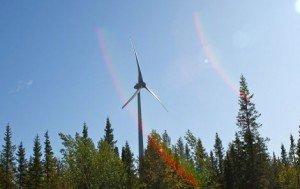
Recent research indicates the 20MW wind turbines are feasible… Watch this wind space!

